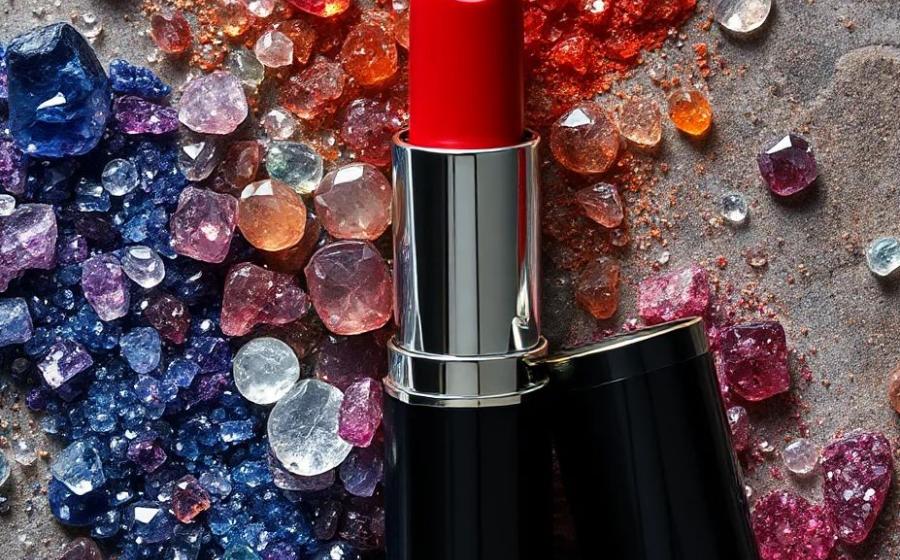
Lipstick may seem like a simple beauty staple today, but its packaging tells a fascinating story of design, innovation, and cultural shifts. Over the centuries, lipstick has transformed from a messy pigment stored in jars to a sleek product housed in high-tech, eco-conscious tubes. Here’s a journey through the evolution of lipstick packaging and what it says about the times we live in.
Ancient Origins: Pots, Shells, and Status
The history of lipstick dates back over 5,000 years. In ancient Sumer (circa 3500 BCE), women crushed gemstones and mixed them with oils to tint their lips, storing the mixture in small containers made of stone or metal. In Egypt, Cleopatra famously used crushed beetles and ants for red pigment, storing them in seashells or ceramic pots. Packaging during this time was functional and rudimentary, meant to preserve the mixture more than present it aesthetically.
Back then, lip color was not just for vanity. It denoted class, health, or even magical protection.
19th Century: Lip Salve Meets Art Deco
By the 1800s in Europe, lip coloring began to be more widely accepted (though still controversial). Lipstick was sold as lip salve in paper-wrapped sticks or tins. These were mainly handmade and lacked hygiene or portability.
The early 1900s brought a significant breakthrough: the first commercial lipstick in push-up metal tubes was introduced in 1915 by Maurice Levy, a French inventor. This packaging made lipstick far more practical. No more dipping fingers into a pot!
In the 1920s and ’30s, Art Deco styling influenced packaging design — lipsticks came in ornately etched metal tubes, often doubling as fashionable accessories.
Mid-20th Century: Innovation Meets Glamour
The golden age of Hollywood in the 1940s and ’50s gave lipstick packaging a serious glamour upgrade. Brands like Revlon and Estée Lauder competed not just in color but in presentation. Lipstick cases became decorative, luxurious, and collectible.
New mechanisms were introduced too:
• Retractable twist tubes (similar to what we use today)
• Refillable metal cartridges, popularized for both sustainability and wartime rationing of materials
This period also marked the beginning of mass production and branding. Packaging was no longer just functional but a tool of identity and marketing.
1980s–2000s: Bold, Branded, and Global
With the cosmetics boom of the 1980s, packaging became bolder and more brand-centric. Plastic took over as the material of choice: cheap, versatile, and customizable. While this allowed for innovation in design and mass availability, it also sparked concerns about sustainability.
Globalization introduced new trends:
• Mini lipsticks and gift sets for travel
• Hygienic seals and tamper-proof packaging
• Limited-edition, seasonal designs to boost brand visibility
Today: Sustainable, Smart, and Statement-Making
Modern lipstick packaging is a convergence of aesthetics, technology, and ethics. While classic bullets remain, the last decade has seen exciting innovations:
• Magnetic closures for a luxurious feel
• 3D-printed personalized cases
• Zero-waste refillable systems (e.g., Kjaer Weis, Dior refillable lipsticks)
• Compostable tubes made from paper or bamboo
• Augmented reality and smart tags for digital engagement
Consumers are no longer just buying color; they’re investing in values, such as sustainability, cruelty-free production, and ethical sourcing.
What Lipstick Packaging Tells Us
The evolution of lipstick packaging mirrors broader shifts in society:
• From elitism to accessibility
• From vanity to self-expression
• From disposability to responsibility
Whether it’s a minimalist matte case or a vintage gold bullet, lipstick packaging today carries not just color, but culture.



